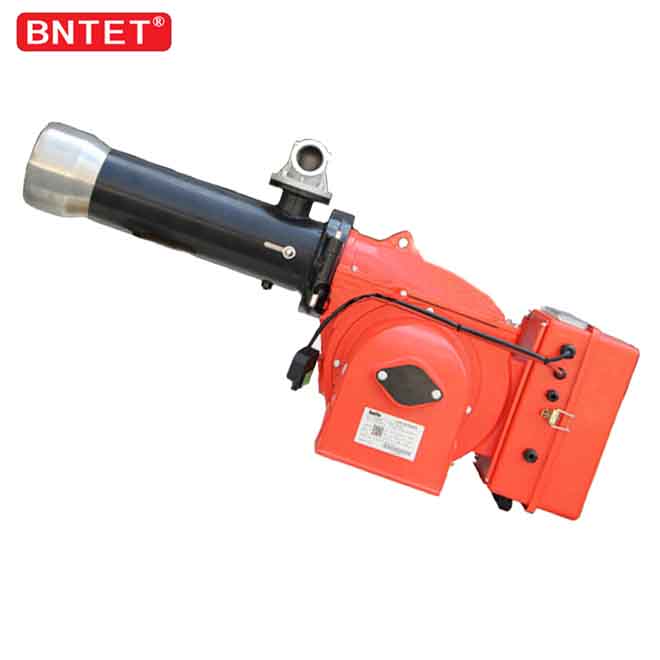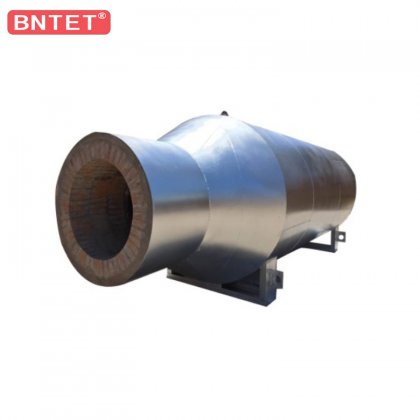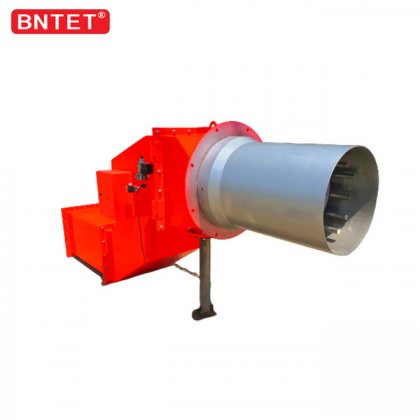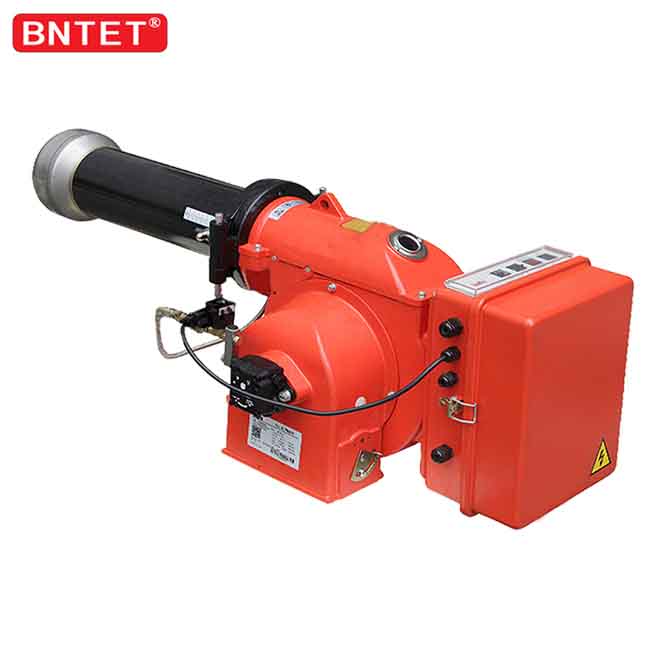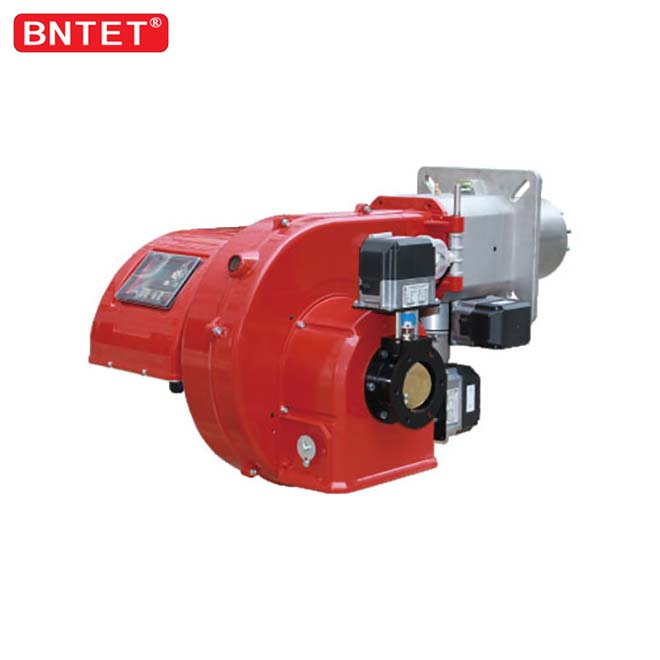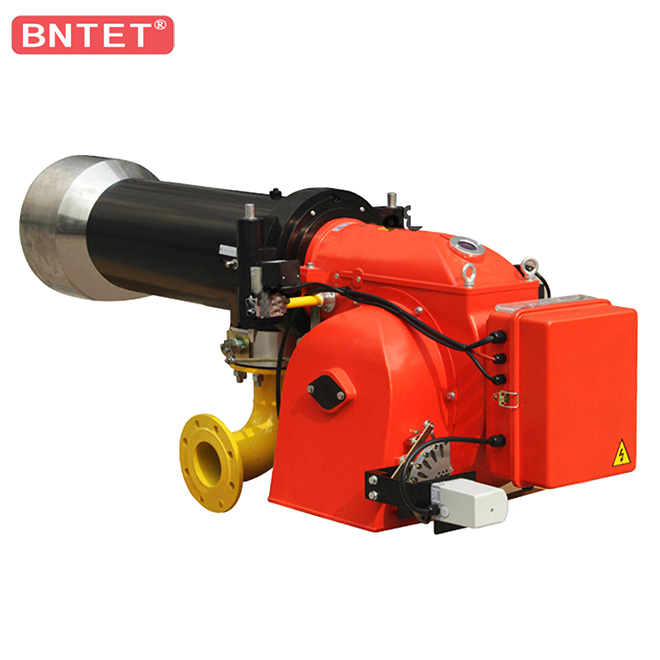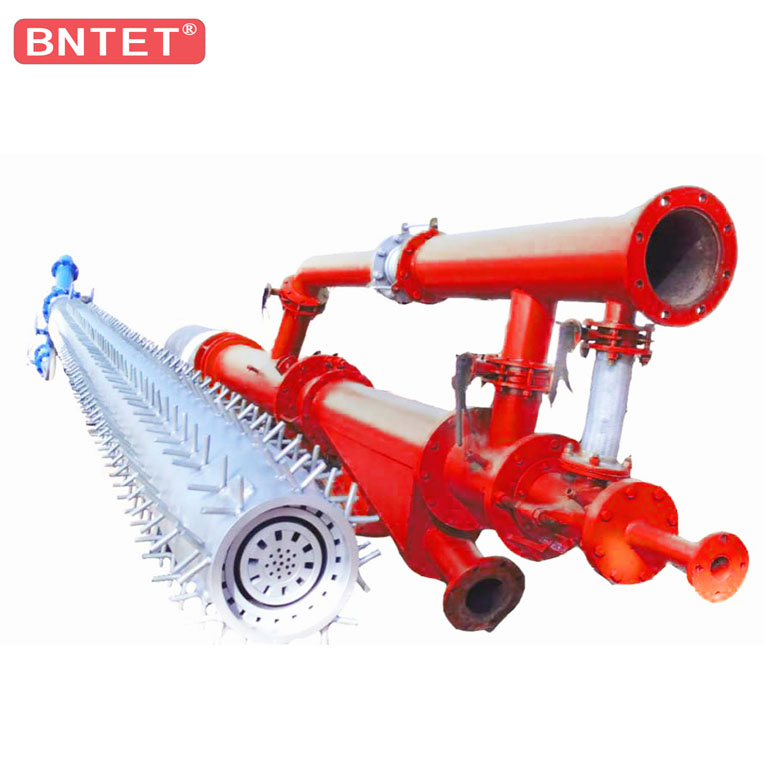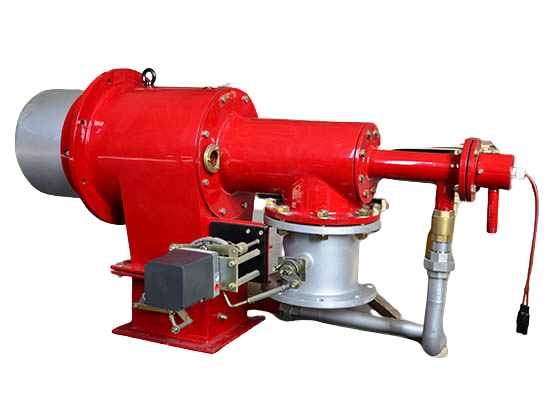
What is the principle of producer coal gas / coke oven gas burners
Producer gas burner: The solid fuel is converted into gas fuel by the gas producer. There are many ways to produce gas, such as coke oven gas, producer gas, water gas, oil gas, blast furnace gas, and cracked gas. The production method of producer gas is to burn coal in the producer and limit the air at the bottom of the furnace so that the coal cannot be completely burned, thus producing a large amount of carbon monoxide, which is producer gas. This method causes the main gases discharged from the furnace to be carbon monoxide, carbon dioxide and nitrogen.
The production method of water gas is to ignite the coal in the furnace, blow enough air into the furnace bottom to make the coal burn fiercely, then stop the fan, inject water vapor from the furnace bottom and the furnace top in turn, and combine with the hot coal. A large amount of hydrogen and carbon monoxide are produced, and then mixed with the nitrogen in the air and the remaining water vapor to form water gas.
The production method of the coke oven gas burner is that the raw coal is pulverized, and after the coal is washed, it is mixed and charged into the coke oven according to the proportion of different coal types. The air is insulated for heating, and the high temperature causes the coal to decompose to produce coal gas and coal tar. Coal or coke is used as raw materials, and air and steam are used as gasification agents to pass into the coal gas produced in the coal gas furnace. It is the most commonly used gasification coal gas and is produced by the moving bed gasification method. The production plant is called a gas generating station. The gasification process of the generator: the gasification raw materials are put into the furnace from the top of the furnace. The entire fuel layer is supported by the grate. The gasification agent enters from the bottom of the grate, is evenly distributed through the grate, and contacts the fuel layer to cause a gasification reaction. The generated gas is drawn from above the fuel layer. The remaining ash is discharged from the bottom of the grate. This kind of gas-solid two-phase countercurrent operation furnace can make full use of the heat of the ash and slag to preheat the gasification agent, and can also make full use of the sensible heat of the gas rising from the gasification layer to heat the fuel, dry and pyrolyze it, Thereby, the thermal efficiency of the furnace is improved; and the volatile matter in the fuel does not undergo high-temperature cracking, which increases the calorific value of the gas. The tapped gas contains CO, H2, CO2, N2, CH4, C2H4, H2S, H2O, nitrides and tar vapors. The calorific value of the gas after cooling and purification is about 5.0-6.5MJ/m, depending on the nature of the raw materials and operating conditions.
Oxygen and water vapor first undergo oxidation reaction in the lower combustion layer:
C+O2=CO2+408.372kJ/mol; 2H2O+C=2H2+CO2-75.150kJ/mol; then CO2 and H2O rise and react with the hot solid fuel to produce a reduction reaction: CO2+C=2CO-162.219kJ/mol; H2O+C=H2+CO-118.685kJ/mol, thereby increasing H2 and CO in the coal gas. Due to the release of volatile matter in the dry distillation layer on the reducing layer and the evaporation of water vapor in the fuel in the dry layer, the final composition of producer gas includes combustible components such as CO, H2, CH4, C2H4 and non-combustible components such as N2, CO2, H2O, etc. , So it can be used as fuel.
The gas produced by introducing a single air into the producer is air producer gas, which has a low calorific value (3760~4600kJ/m; the temperature of the combustion layer of the furnace is high, the furnace lining is easily damaged, the heat loss is large, and the ash and slag are easy to melt and block the grate. The single steam generator is a water gas generator, and the produced water gas has a high calorific value (10000~11300kJ/m), but because the water gas reaction absorbs a large amount of heat, air needs to be introduced periodically, and the gas production process is discontinuous.
